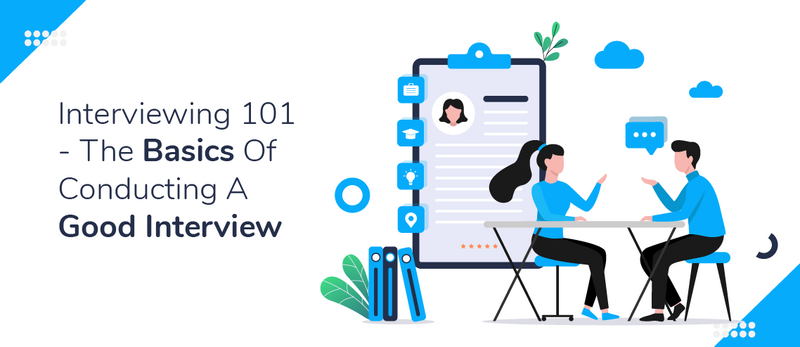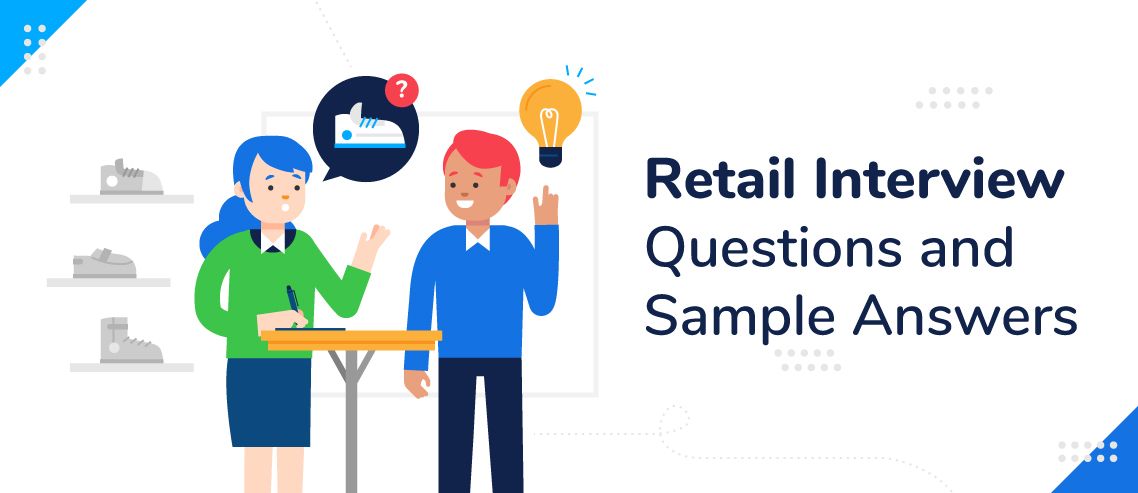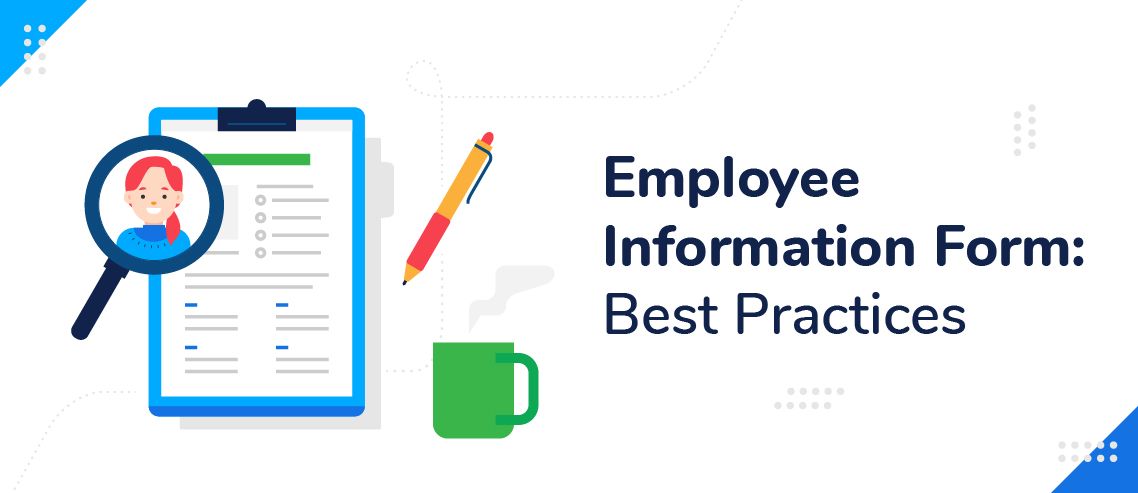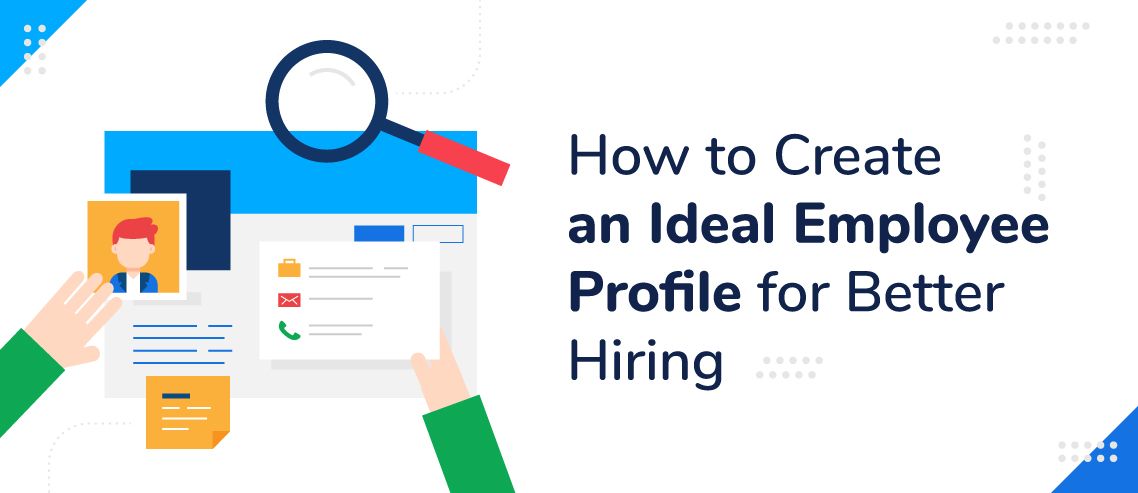Interviewing 101 – The Basics Of Conducting A Good Interview For Both Employer And Employee

Taking the time to hire the right people for your company is important.
In fact, it’s so important, we’re going to look at Interviewing 101 and the basics of conducting a good interview for both employer and employee.
Companies who are successful in their hiring process are better able to attract high-quality candidates. Businesses who aren’t so successful spend a lot of time hiring the wrong people.
Before we get into some interview basics, we’re going to look at the first thing not to do in the interview process.
Don’t Jump to Conclusions
Many people think they know how to conduct an interview. After all, how hard can it be?
Interviewing accurately and professionally takes a well thought out plan. It involves some strategy and a list of terrific questions.
While many people jump right into an interview without much thought, there is one major stumbling block we want you to avoid.
That’s jumping to conclusions. Most interviewers (and sometimes interviewees) make a snap judgment in the first seconds of meeting someone.
A study by two psychology students and their professor at the University of Toledo found that judgments made in the first 10 seconds of an interview could predict the outcome of the interview.
The problem with these types of snap judgements? They are usually useless.
Why? Making a snap judgment in the first 10 seconds creates a situation where the interview is spent trying to confirm what we think of someone. It completely leaves out time for accurate assessment.
There’s a name for this, and it’s called confirmation bias. Don’t get caught in the trap of trying to confirm your initial inyalas. This takes you away from the position of assessing your candidate and leads you on a hunt for confirmation of your snap judgment.
In essence, by making a snap judgement, you render the interview unusable.
Now that we’ve gotten the cautionary tale out of the way, let’s look at the basics of conducting a good interview for both employer and employee.
Prepare Ahead of Time
Before you meet your candidate in person, you need to sit down and make a list of what you’re looking for in the new hire.
You want to make list of the qualities, traits, experience and qualifications you are looking for. Think about the required attributes necessary to do the job.
Then, you want to make another list of the questions you want to ask your potential hire. Start with the most important ones first.
When interviewing different generational groups, your list of questions may vary a bit. You might not ask Millennials the same questions in the same way as you would the Baby Boomer generation.

The Interview Questions
Your interview questions may vary depending on the job you are hiring for. Yet, some interview questions apply across the board as they give you a broader understanding of your candidate.
For the first question, you want to break the ice and make everyone comfortable. Ask a question about where they grew up or what their first job was out of college. Be conversational to alleviate stress.
Next, you might ask an open-ended question that allows the interviewee some leeway to answer. Consider something like, “Tell me about your career from college until now.”
Here’s a list of some other worthwhile interview questions:
– What made you stand out at your last job?
– What would your references say about your strengths and weaknesses?
– What areas are you open to development? Are you open to learning?
– What does your future look like?
– How many hours do you think are really necessary to finish your job?
– Are you sensitive to constructive criticism?
– What is the hardest conflict you’ve managed on the job?
– Describe your favorite boss and your relationship.
– Describe your least favorite boss and your relationship.
– Do you prefer structure and direction, or do you like autonomy?
– Why do you want to work here?
– If you could design the perfect job, what would it be?
– Describe a time someone criticized your work.
– Describe a time someone praised your work.
You can also compose questions about things you didn’t glean from the resume, but you would like to know.
Research Your Candidate
Before the interview, research your potential hire. This is exceptionally easy due to Google and social media.
You’ll learn a lot about your interviewee by checking out his social media sites. You’ll glean a great deal about what your candidate is like as a person and potential employee.
Really Listen
The final piece of advice when it comes to the interview is to really listen. Whether the candidate is directly answering your question or veering off into something else, listen.
You might find that putting your pen down and carefully listening gives you more insight than any question you might have asked.
It also shows great respect for the person and the interview when you take the time to listen. To make this easier to do, schedule a fair amount of time for each interview so you don’t feel rushed.
Final Thoughts
We’ve covered Interviewing 101 and discussed the basics of conducting a good interview for both employer and employee.
We’ve got one last thing for you to consider.
While the technical prowess of your potential new hire is vital to your business, there are a few other factors to pay attention to when interviewing your candidate.
Look for the person’s coachability. Do you think they are open to learning new skills?
What is their emotional intelligence quotient? In other words, what is their temperament like? Do they seem motivated enough or too motivated?
Watch out for red flags that might show you the interviewee won’t fit with your current staff makeup. But, do be sure not to rush to judgement.
Be prepared for your interview and allow ample time. Include other staff members in the interview process and gather all the feedback before making a hiring decision.
JD enjoys teaching people how to use ZoomShift to save time spent on scheduling. He’s curious, likes learning new things everyday and playing the guitar (although it’s a work in progress).



